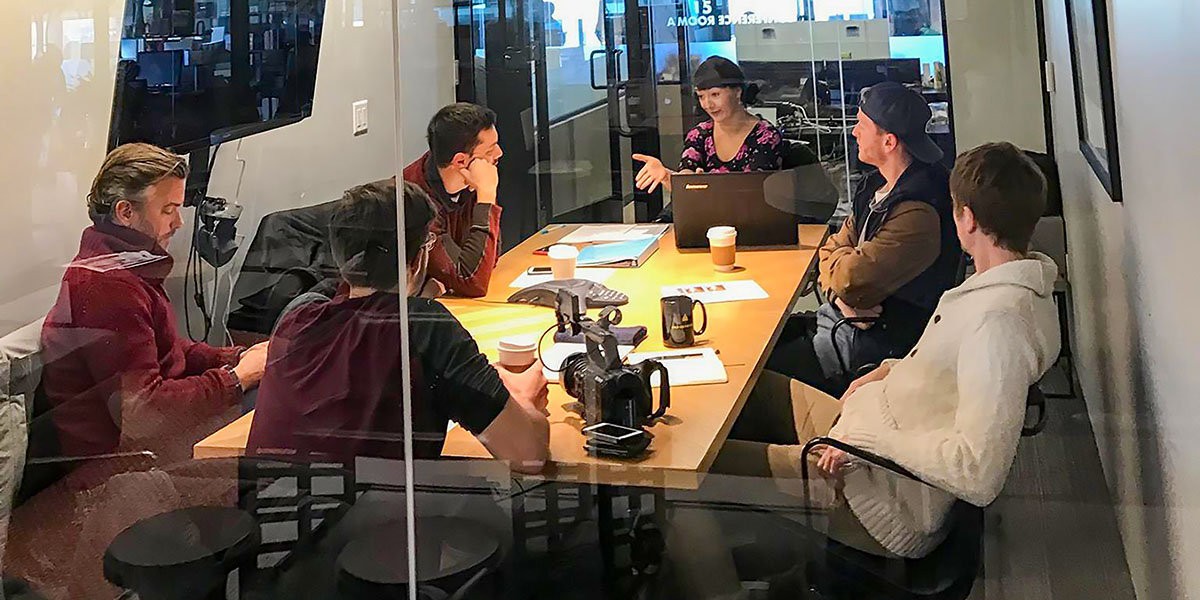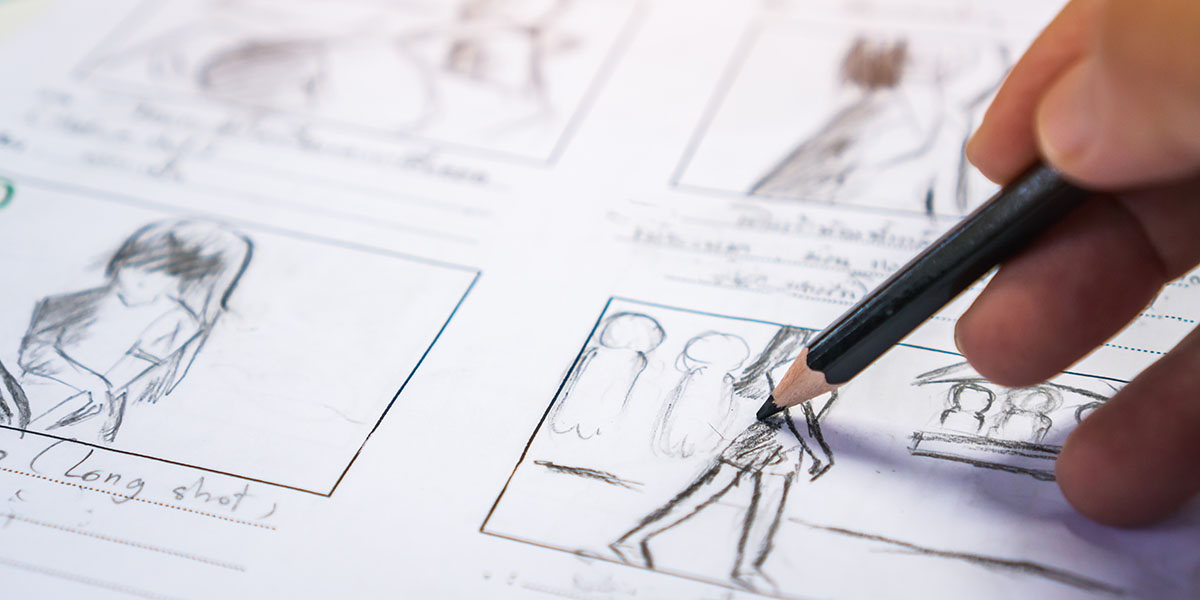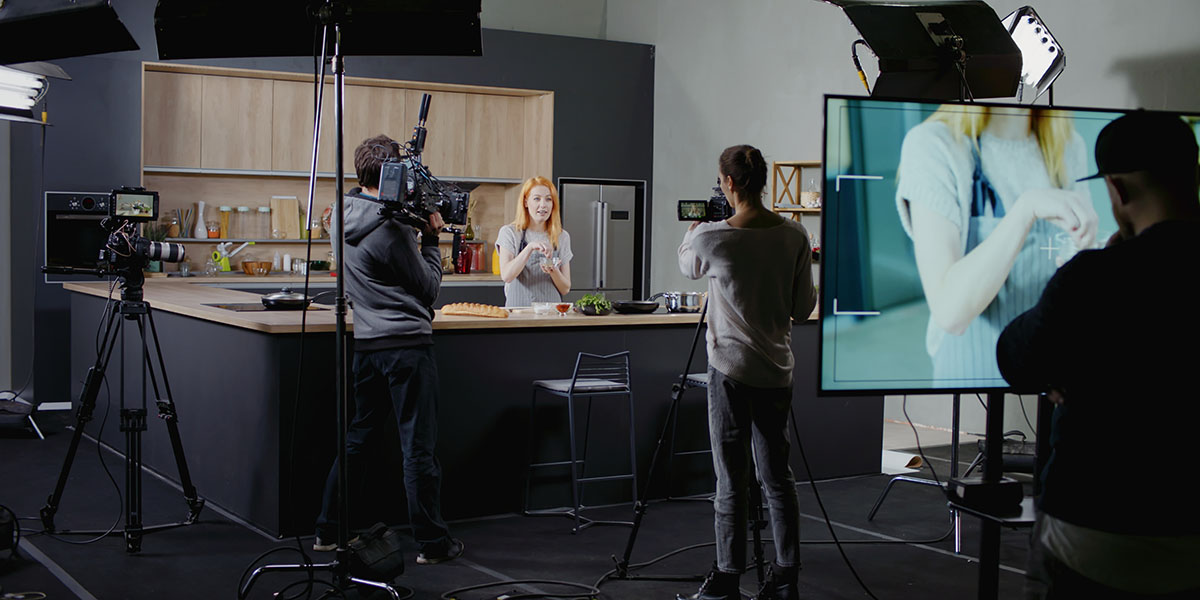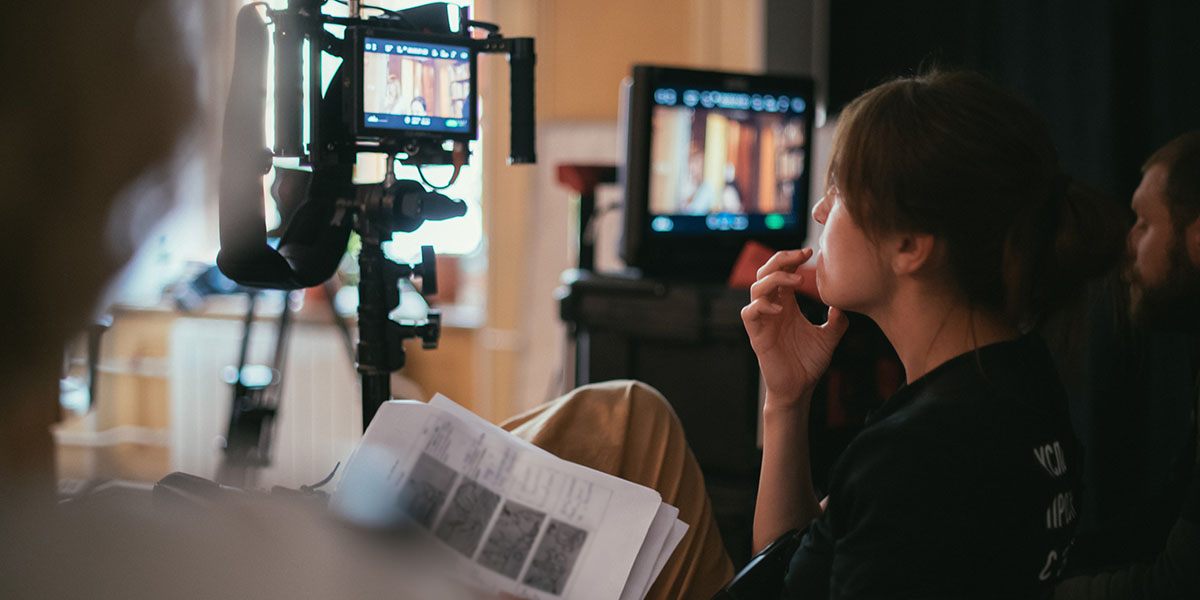Mastering Video Pre-Production – Best Practices for a Seamless Video Production

Pre-production is the foundation upon which successful video projects are built. This metaphor accurately captures the importance of this phase of the process, as the entire house is apt to crumble if you don’t put in the requisite pre-work before it’s time to film. But despite this fact, far too many well-intentioned brands make the mistake of rushing through pre-pro or ignoring it altogether, at the peril of their project’s success.
Here at UP Creative, we like to avoid using technical jargon with clients as much as possible, so we’re demystifying the pre-production process and breaking it down into 10 steps that make possible a seamless and far more predictable process. Aligning creative vision and business objectives requires clear communication. Pre-production is the crucial stage where ideas are refined, logistics are organized, and plans are solidified before the cameras start rolling. A well-executed pre-production process ensures that your production team is fully prepared for the day of filming. It mitigates risks, level-sets expectations, and maximizes efficiencies. In this guide, we delve into the essential best practices for video pre-production to help you set the stage for a smooth and successful shoot.
Define Your Vision and Objectives
You might like to think of this first step in terms of a question: “What will move the needle for our brand?” Before diving into the nitty-gritty, it’s essential to have a clear understanding of your project’s vision and objectives. For example, one company may want to increase brand awareness for an upcoming product launch, while another company may be looking to boost sales for an existing product or product line. In keeping with this example, if it’s increased sales, can you define how much you’d like to increase your MRR (monthly recurring revenue)? What are your objectives? What KPIs (key performance indicators) will be used to measure success? Get specific. Define the purpose of your video, target audience, key messaging, and desired outcomes. You can’t get where you want to go if you don’t know where you want to go to begin with.

Scout Locations and Secure Permits
Location scouting is crucial for determining the aesthetic and logistical requirements of your shoot. Get your eyes “in the room” or “on the ground” whenever possible. Visit potential filming locations to assess their suitability and ensure they align with your creative vision. You don’t want to arrive on set for an interior interview that requires silence only to find out there’s an active construction zone outside. Additionally, obtain any necessary permits or permissions required for filming in public or private spaces. Failing to secure proper permits can lead to delays and legal complications on the day of filming.
Assemble Your Production Team
A successful video production relies on the expertise and coordination of a talented team. The production company you select should work with you to identify key crew members that are relevant to your specific project (and not include any who are not necessary). These crew may include a director, producers, cinematographers, sound technicians, and production assistants, to name a few. Each team member has a defined role and responsibility, ensuring everyone is clear on their tasks and expectations. One of the benefits of working with a professional video production company is that you will be dealing with individual team members who are experts at their chosen craft.
Conduct Pre-Production Meetings
Communication is key to a smooth production process. The same can be said for organization and attention to detail. Schedule pre-production meetings to discuss the project timeline, milestones, logistical requirements, and creative vision. Pre-production affords the opportunity to address potential challenges before they arise. Encourage open dialogue and problem-solving to address any concerns or uncertainties before filming begins. Use this time to ensure everyone is on the same page and fully prepared for the shoot. Or, as we say at UPC: Fix it in pre-production.
Create a Detailed Production Schedule
A detailed production schedule helps to ensure that your filming days are organized and efficient. Pro-production outfits typically have a very systematic approach to the production process. You should break down the script and storyboard into manageable shooting days and then into blocks of time based on relevant inputs, such as the need to change locations, reset lighting, or set up for a new scene. Working from a detailed production schedule makes for a seamless day of production, considering factors such as location availability, actor schedules, and equipment requirements. Allocate sufficient time for setup, rehearsals, and multiple takes as needed. Be realistic with your timeline to avoid unnecessary stress and having to be in a rush on set.
Prepare Equipment and Props
Ensure all necessary equipment, props, and wardrobe items are organized and ready for the day of filming. If you’re going the DIY route, you might find a gear checklist helpful to assemble everything you’ll need to get going. Conduct equipment checks to confirm everything is in working order and that cameras, lights, monitors, and any other gear are adequately prepped, batteries are charged, and memory cards are formatted. Label equipment and props for easy identification and to streamline the setup and teardown processes.

Coordinate with Talent and Extras
If your video involves actors or extras, coordinate with casting agencies or talent directly to confirm availability and logistics. Provide clear instructions regarding call times, wardrobe requirements, and any specific directions for their roles. Establish a positive and collaborative atmosphere on set to ensure a smooth, comfortable, and enjoyable experience for all involved.

Conduct Rehearsals and Run-Throughs
Before the cameras start rolling, conduct rehearsals and run-throughs to familiarize the cast and crew with their roles and what will be expected of them on set. Make sure everyone is familiar with the production schedule and shot lists. Use this time to fine-tune the blocking of scenes, dialogue delivery, and camera movements, ensuring everyone is comfortable and confident in their respective tasks. Rehearsals also provide an invaluable opportunity to identify any last-minute adjustments or refinements needed before filming begins. This leads us to the ninth and final step in the process of mastering pre-production…
Plan for Contingencies
Back to the mantra we mentioned earlier: Fix it in pre-production. The idea here is that it is within your power (and the partners you choose to work with) to address as many potential hiccups as possible before the day of production. Anyone who has been on set even once will tell you that there will always be at least one thing that happens that you did not expect. This is normal. Don’t worry. You have your production schedule, shot lists, scripts, and storyboards. Despite meticulous planning, unexpected challenges may arise during filming. Anticipate potential issues such as inclement weather, equipment malfunctions, or scheduling conflicts, and have contingency plans in place to address them quickly. Maintain open lines of communication with your production team and be prepared to adapt and problem-solve on the fly.
Conclusion
Effective pre-production is the special sauce used to execute a successful video project. By following these best practices, you can ensure that your production team is fully equipped to tackle the challenges of filming with confidence and efficiency. From defining your vision to coordinating logistics and conducting rehearsals, each step plays a crucial role in laying the groundwork for a seamless video production process and a standout final product. By investing time and effort into the pre-production phase, you can maximize the potential of your video project and bring your creative vision to life with clarity and precision.
